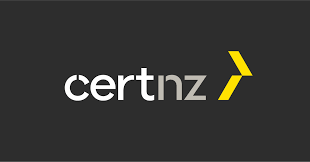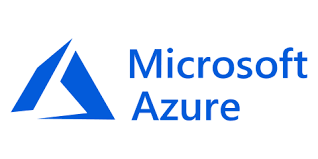
Cert NZ is a government agency who helps New Zealand better understand and stay resilient to cyber security threats.
Their latest quarterly report shows cybersecurity incidents have reached record levels. The report covering 1st July to 30th September shows Cert NZ received more than 2600 incident reports. This was a 33 percent increase on the second quarter. Direct financial loss was reported at $6.4m.

Over the past few months, the internet has seen a huge surge in traffic during the global coronavirus pandemic. People working from home with video conferencing tools like MS Teams, and a large increase in streaming provider subscriptions to companies like Netflix increased internet load. In this article we look at the reasons why the internet has continued to work so well during this time.

If you’ve bought new phone with the recently released Android 10 operating system, or upgraded your current phone, you might have heard some of the buzz about “Accessibility Features”. To provide some depth about what these features are, Life Hacker have produced a very useful article explaining what these features are and how to turn them on. The features are designed to improve accessibility for people with disabilities, but many of them are proving to be invaluable for every type of user. One of our favorites is Dark Mode which makes using the phone a lot easier on the eyes and can help to save battery life. Have a look at the below article and see what features would be a help to you. Source Article

A Microsoft Azure ExpressRoute site in Auckland has been established to allow New Zealand cloud users to connect to Azure. The Azure cloud service allows customers to benefit from a dedicated private connection, bypassing the public internet to deliver predicable performance, lower latency and SLA-based connectivity to Microsoft's Azure cloud services.

We often talk about phishing attacks in our newsletter and that's because we want our customers to always be thinking about whether they'll be caught high and dry by biting on the line too quickly. Don't get caught by a scammer dangling their baited phishing rod in front of you! But identifying phishing can be harder than you think. Phishing is an attempt to trick you into giving up your personal information by pretending to be someone you know or someone you trust. Can you tell what's fake? Have a go at the quick quiz below to see how you weigh up.. https://phishingquiz.withgoogle.com/ Keep an eye out for phishing rods by following these handy tips: Be sure to check out link URLs by hovering over them, and to pay close attention to the sender's email address. Spot the look-alike URL! It shows the insecure imitation domain. Double check the sender's email domain if it is misspelled and the link actually points to something suspicious. Phishing often tries to trick you with these look-alike URLs. Remember to be extra cautious if you aren't sure you know the sender. If you are unsure about a domain, you can use a search engine to find out more information about it. PDFs can contain malware or viruses — always be certain you trust the sender and if in doubt, use your browser or an online service such as Google Drive to open them safely. Carefully check the from address field if it is slightly different from what you've seen previously. Be careful when opening PDF's, especially if you don't expect them. It is important to be cautious with different kinds of account access requests, and to be sure you trust the developer. Read closely all information provided about the requesting service before you allow access!






